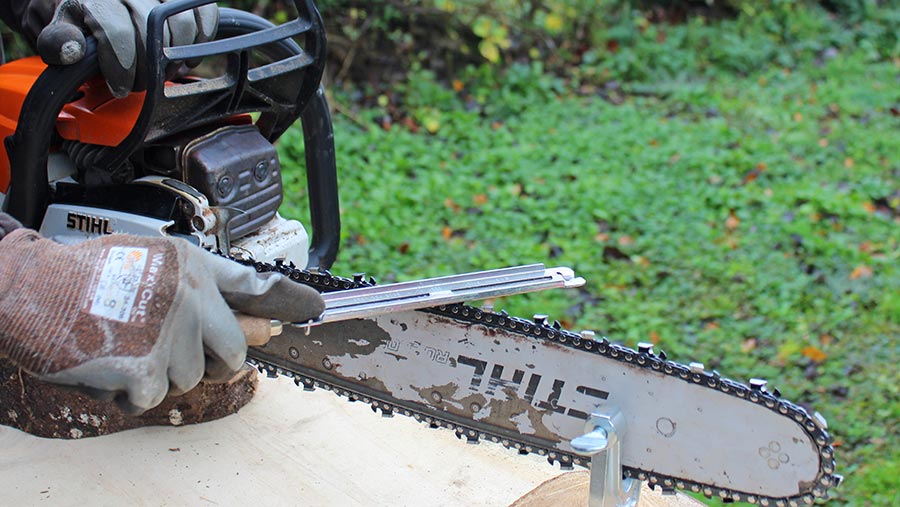When it comes to cutting through tough and thick wood, few tools match the power and efficiency of a chainsaw. And at the heart of this formidable machine lies the chain saw chain – a crucial component that makes all the difference in achieving smooth, precise cuts. Designed with sharp teeth and durable materials, chainsaw chains are specially engineered to handle the demanding tasks that ordinary saws cannot. Whether you’re a professional logger or a homeowner tackling occasional tree trimming, understanding the different types of chainsaw chains and their features is essential in ensuring optimal performance and safety.
The right chain saw chain can significantly impact not only the speed and efficiency of your cutting tasks but also the longevity of your chainsaw. From traditional full-chisel chains for aggressive cutting to low-vibration semi-chisel chains for reduced kickback, there is a wide range of options available to suit various cutting requirements and preferences. Additionally, factors such as chain pitch, gauge, and length determine compatibility and overall performance. By familiarizing yourself with these aspects and investing in high-quality chains for your chainsaw, you can enhance productivity, maintain the health of your machine, and achieve superior results in all your cutting endeavors.

The Different Types of Chainsaw Chains
One of the key factors to consider when choosing a chainsaw chain is the type of cutting teeth it has. There are three main types: full-chisel, semi-chisel, and low-profile. Chainsaw blade manufacturers like Rapco Industries offer a range of options for each type, allowing users to select the most suitable chain for their specific cutting needs.
Full-chisel chains are characterized by their square-cornered teeth, which provide excellent cutting performance and speed. These chains are ideal for professional loggers who require aggressive cutting abilities to tackle large trees and thick timber. However, due to their sharpness and design, full-chisel chains have a higher tendency for kickback, making them more suitable for experienced users.
Semi-chisel chains, on the other hand, have rounded teeth with a slight curve, offering a balance between cutting performance and safety. These chains are more forgiving when it comes to kickback and are suitable for a wide range of cutting tasks, including tree trimming and firewood processing. With their durability and versatility, semi-chisel chains are often preferred by homeowners and casual chainsaw users.
Lastly, low-profile chains have smaller teeth with rounded edges, making them the safest option with the lowest kickback potential. These chains are commonly used in lightweight chainsaws for light-duty tasks such as pruning and cutting small branches. While low-profile chains may not have the same cutting power as full-chisel or semi-chisel chains, they provide added stability and control for users looking for a safer cutting experience.
In conclusion, selecting the right chain saw chain is crucial for achieving optimal cutting performance and ensuring safety while using a chainsaw. By understanding the different types of chainsaw chains and their characteristics, users can choose the most suitable option based on their specific cutting needs and level of experience. So whether you’re a professional logger or a homeowner, investing in high-quality chains from reputable manufacturers will not only enhance productivity but also prolong the lifespan of your chainsaw while delivering superior results in all your cutting endeavors.